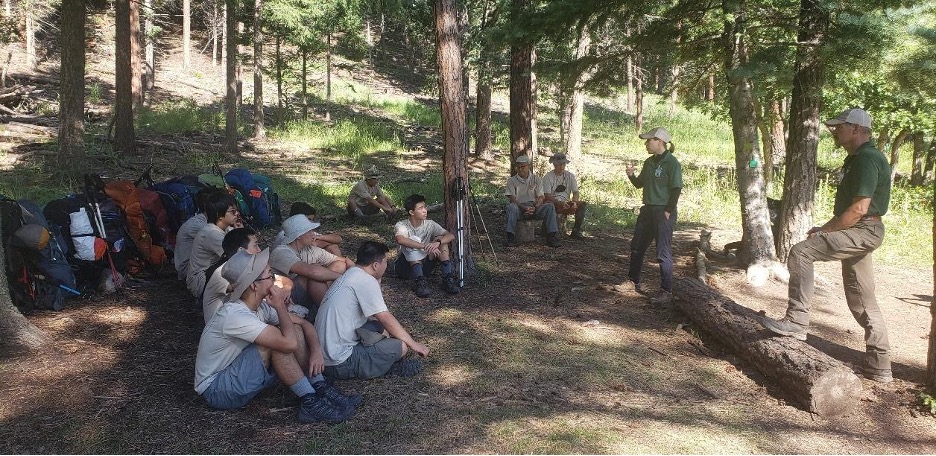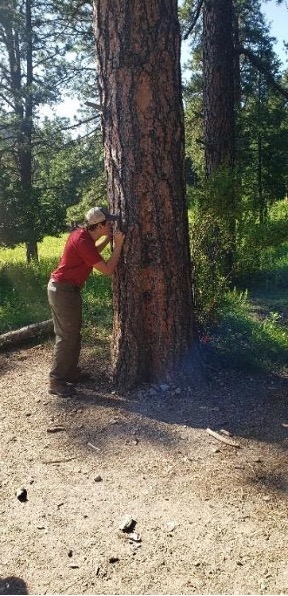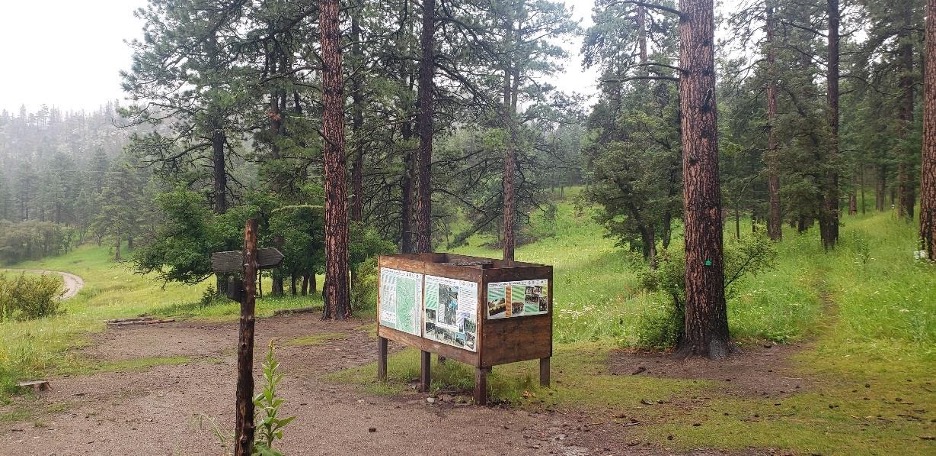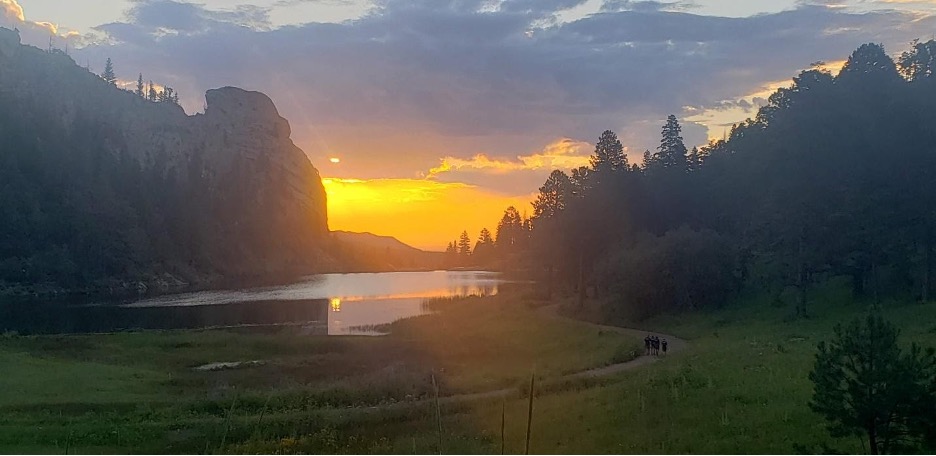By Nadine Block
Senior Vice President, Community and Government Relations
Sustainable Forestry Initiative
Member of the Women’s Forest Congress Content Development Working Group
There are dozens of reasons I am grateful for the Women’s Forest Congress – including meeting and learning from other women in my field, being inspired by stories of women overcoming challenges, and gaining tools that embolden me as a woman in this field. But one reason stands out for me in particular. At the very first Women’s Forest Congress event that I attended, a virtual planning summit in July 2020, I had the opportunity to meet Mary Stuever in a breakout group. Mary is the Chama District Forester with New Mexico State Forestry and mentioned that she runs the Visiting Forester Program at Philmont Scout Ranch in northeastern New Mexico. Coincidentally enough, I had recently signed my twin 14-year-old boys up for a 12-day trek in July 2021 so I was intrigued to find out that there was an opportunity to volunteer my forestry experience during the time that they would be there.
Mary’s dedication has played a leading role in encouraging youth to think about and appreciate forests while they are at Philmont. Annually, Mary strives to recruit 30-40 foresters to each spend a summer week at Philmont. One of her goals is to recruit a diverse set of Visiting Foresters that inspires young people to define forestry careers broadly. I worried that I didn’t have enough “dirt forestry” experience to participate as a Visiting Forester. Mary quickly shook off my concerns and urged me to bring my experience and knowledge to this opportunity.
I’m glad she convinced me. Working with more than 600 Scouts over the course of one week this past summer left me feeling energized and enthusiastic about our forests and the next generation who will be responsible for them. As a woman in what is still a male-dominated sector, I always welcome opportunities to tell my story and illustrate the diversity of those who are contributing to the profession. Mary estimates that of the approximately 100 Visiting Foresters she has recruited since she started the program in 2002, perhaps 5 of them have been women.
I was especially keen to illustrate career pathways in forestry and conservation. I wanted to show that forestry is not just lumberjacks cutting down trees. My experience as a woman working for a sustainability nonprofit demonstrated the varied careers within forestry and the diversity of people who choose to pursue that path.
I’ve worked at the Sustainable Forestry Initiative (SFI) since 2010, and I’m currently the Senior Vice President for Community and Government Relations. SFI is a sustainability leader through its work in standards, conservation, education, and community engagement. While my work focuses on advancing forest-focused collaboration, it was a particular treat to get back in the woods for a week and engage with youth who are so important to the future of our sector.
The primary mission of the Visiting Forester Program is to engage with Scouts and enhance their understanding of sustainable forestry and the need for forest stewardship. Visiting Foresters have a great deal of discretion to tailor their program to their own forestry experience. During my week at Philmont, I asked Scouts from all over the U.S., “How does this forest look different than where you are from?” The conversations gave me the opportunity to help Scouts understand how and why we need to manage our forests. I hope that these conversations planted the seed that sustainable forest management helps conserve biodiversity, clean our air and water, mitigate climate change, and support sustainable green jobs.
Our outdoor classroom was an 80-acre demonstration forest, which includes interpretive signs explaining topics like natural and invasive species and different silvicultural treatments. The demonstration forest was established 20 years ago with help from the New Mexico Forestry Division and the New Mexico Tree Farm Committee.
But the entire Philmont Ranch property could truly be considered an outdoor classroom. The property’s 90,000 acres are certified to the SFI Forest Management Standard, demonstrating the Philmont Scout Ranch’s commitment to responsible forestry. This commitment extends not only to the management on the ground, but also to advancing conservation research and community involvement.
I was delighted to connect with so many young people and inspire them to appreciate sustainable forest management. While their career paths may not land them in the forest sector, they all hopefully have a newfound appreciation for the value and beauty of our nation’s forests.
Editor’s Note: A version of this article originally appeared on Forests.org and was adapted with permission from the Sustainable Forestry Initiative.

Nadine Block, second from right, engaging Scouts on sustainable forestry

A Scout getting a good whiff of the surprising butterscotch smell of a ponderosa pine

An interpretive learning station in Philmont’s demonstration forest

Sunrise over Cathedral Rock and the Cimarroncito Reservoir, which supplies drinking water to the nearby town of Cimarron, New Mexico